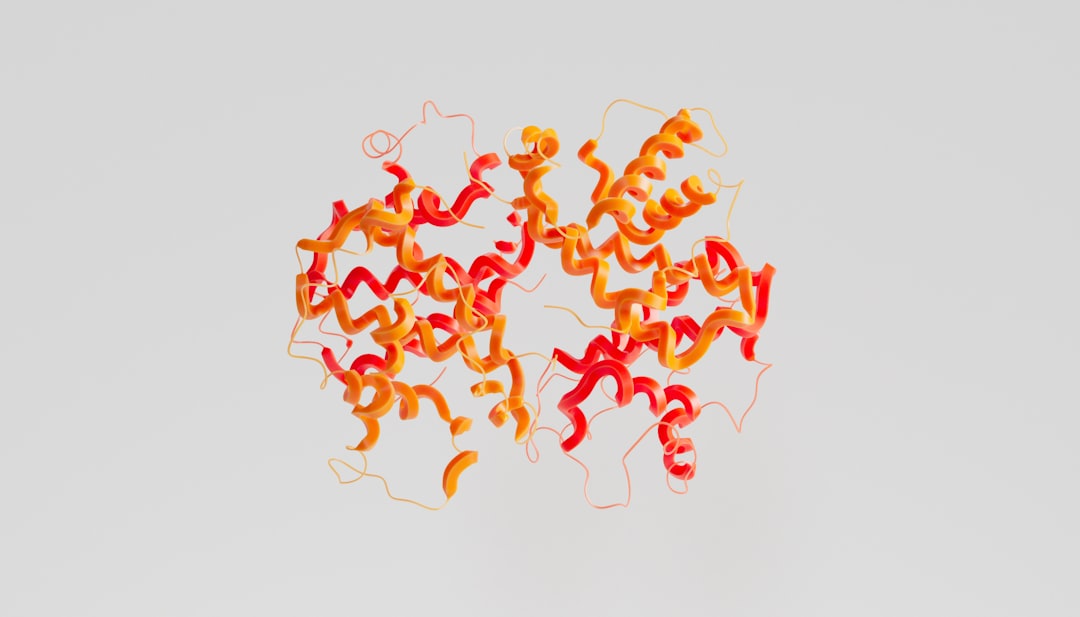What is it about?
Metallothionein (MT), a protein, is considered key in humans for the storage of useful metals, such as zinc, and the elimination of toxic metals, such as cadmium. It does this by binding metals into two separate (α- and β-) domains. While the full protein and the α-domain have been well studied, we know very little about the metal-binding chemistry of the β-domain. This paper provides the first structural study of the isolated β-domain of MT, as well as a new supermetalated structure.
Featured Image
Why is it important?
This paper is significant in that it uses cadmium-NMR spectroscopy to prove the existence of a "supermetalated" form of metallothionein (MT). For the past fifty years, our understanding of the chemistry of MT was based upon knowing the exact number of metals bound. This study conclusively shows that the β-domain of MT is capable of strongly binding an additional 4th metal ion. These results suggest that it is the β-domain that is responsible for metal-ion exchange reactions in MT.
Read the Original
This page is a summary of: Supermetalation of the β Domain of Human Metallothionein 1a, Biochemistry, April 2010, American Chemical Society (ACS),
DOI: 10.1021/bi1003537.
You can read the full text:
Contributors
The following have contributed to this page










